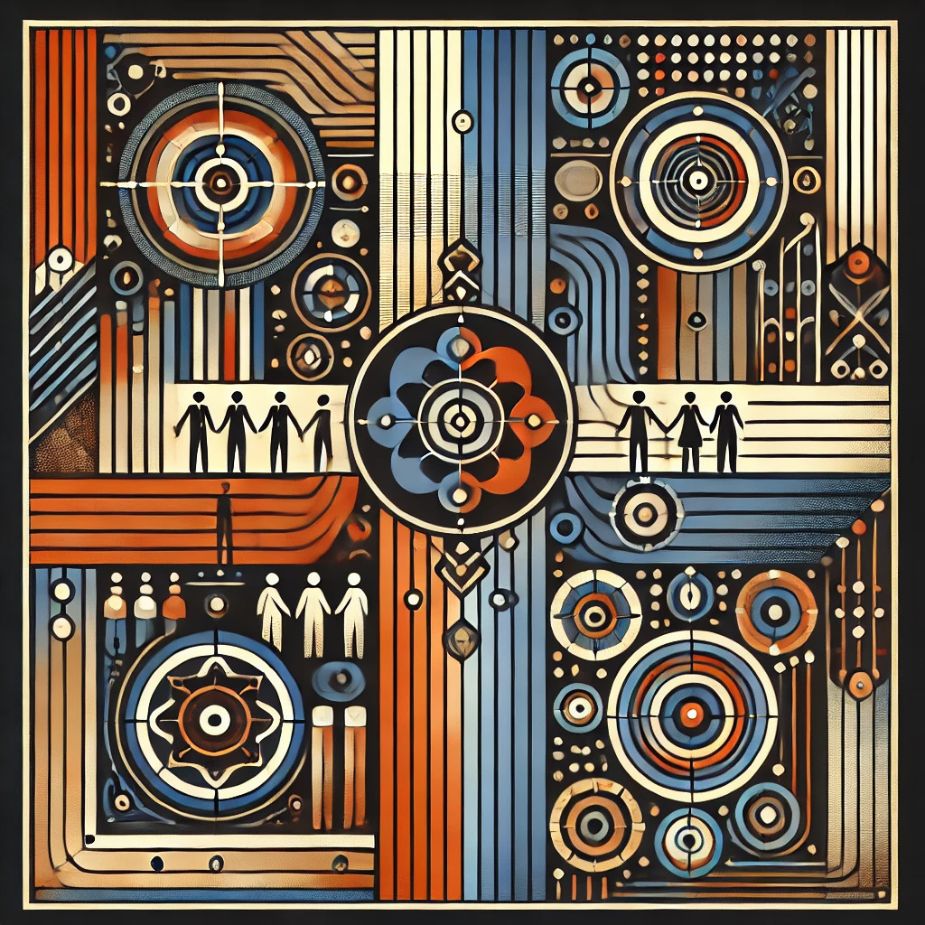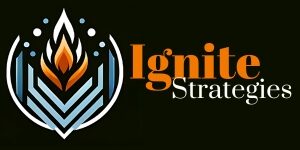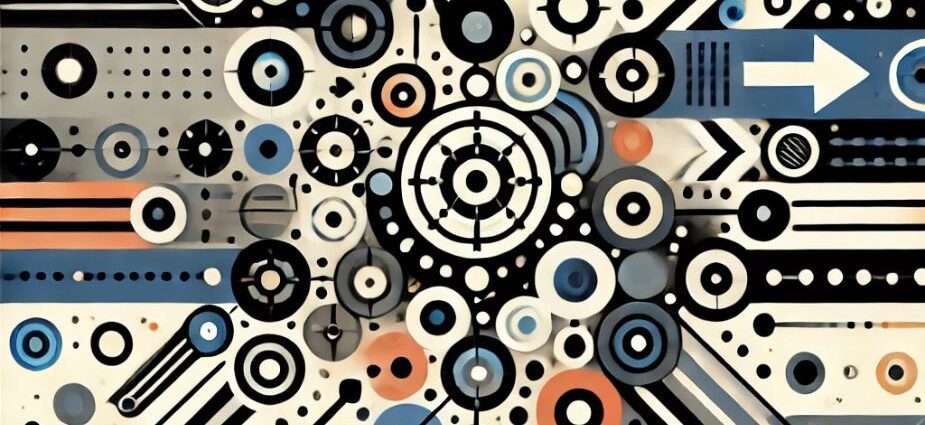AI is just a computer, right?
Well, yes and no.
In the contemporary workplace, integrating AI isn’t just about enhancing productivity; it’s also about fostering better, more meaningful relationships. For me, AI has become a tool not only to streamline tasks but to create a deeper understanding of how to work effectively with others. Over the past year, I’ve been exploring how AI can help clarify my strengths, preferences, and working style—ultimately to improve collaboration with colleagues, clients, and partners. This process led me to develop a “Guide to Working with Joel,” a resource aimed at aligning my approach with the needs and expectations of those I work with.
The Journey to Creating the Guide

The journey to creating this guide has been an evolving one. Like many of us, I’ve taken countless profiling tests, so I began with gathering insights from assessments like Kolbe and StrengthsFinder, DISC and more, which offered a foundation of understanding around my strengths and natural inclinations. Then, using AI tools like ChatGPT, I synthesized these insights, combined that with real feedback from colleagues and clients, and asked ChatGPT to summarize it’s interactions with me over the past half year, to refine a practical and structured approach to collaboration.
This wasn’t about developing a rigid playbook; it was about using AI to reflect and capture what’s worked well in past collaborations and what could improve. The result is a guide that’s grounded in real-world experience, designed to make our interactions more productive and mutually rewarding.
A Guide to Working with Joel
1. Share Strategic Goals and Collaborate on Vision
- Joel values starting with shared objectives and strategic discussions. By working together to define the goals and desired outcomes, you can create mutual clarity and alignment.
- Collaborate openly to brainstorm ideas and approaches, ensuring both perspectives contribute to the shared vision.
2. Establish Clear Expectations Together
- Joel thrives when priorities and deliverables are clearly defined. As collaborators, take time to align on expectations, including what success looks like for both parties.
- Discuss “must-haves” versus “nice-to-haves” to ensure efficient use of time and energy.
3. Be Open About Decisions and Rationale
- Sharing the “why” behind decisions helps strengthen collaboration. Joel appreciates transparency and thoughtful reasoning, which enables both partners to work toward solutions with a shared understanding.
- Create space for questions or alternative perspectives to refine decisions further.
4. Encourage Autonomy While Sharing Ownership
- Joel respects a collaborative partnership where autonomy and trust are balanced. Divide responsibilities clearly so that both parties can take ownership of their respective tasks.
- Maintain open communication channels for updates, progress checks, and potential support when needed.
5. Leverage Each Other’s Strengths
- Joel brings analytical rigor and strategic thinking to the table. Lean on these strengths for deep research, thorough planning, or methodical problem-solving.
- Offer your unique strengths in complementary areas, creating a partnership where both contributors bring their best to the project.
6. Set Milestones to Ensure Progress
- Regular checkpoints help maintain momentum and alignment. Agree on key milestones where you’ll regroup, discuss progress, and make necessary adjustments.
- Keep these sessions collaborative, with both parties contributing insights and solutions.
7. Provide and Seek Constructive Feedback
- Joel values specific, actionable feedback to refine his work. As peers, create a feedback loop that allows for honest, constructive exchanges aimed at mutual improvement.
- Offer suggestions that add value, and be open to receiving feedback yourself for a balanced and respectful dynamic.
8. Support Experimentation and Innovation
- Joel’s curiosity drives his interest in exploring new tools or methods. Encourage trying innovative approaches and be willing to test ideas collaboratively.
- Share any discoveries or insights that could enhance the work, fostering a partnership built on continuous learning.
9. Respect Time for Quality and Thoughtfulness
- Joel’s commitment to high standards means he appreciates timelines that allow for thorough planning and execution. Collaborate to set realistic deadlines that accommodate both quality and efficiency.
- In fast-paced situations, work together to prioritize the most critical elements, ensuring both parties feel the deliverable meets shared expectations.
10. Foster a Collaborative, Equal Relationship
- Joel values partnerships built on mutual respect, trust, and a shared commitment to client success. Engage in discussions as equals, sharing ideas and solutions openly.
- Approach challenges as a team, keeping the client’s needs and project goals front and center.
Let’s talk – Enhancing Collaboration Through Clear Expectations

The “Guide to Working with Joel” isn’t just a document—it’s an invitation to collaborate more effectively. When you work with me, you can expect clarity around processes, proactive communication, and a focus on delivering results that align with your goals. By understanding my approach, I hope to streamline how we work together, minimize misunderstandings, and make each project more enjoyable and successful.
For anyone considering using AI to develop a similar guide, it’s an investment that can pay off by building stronger working relationships. Knowing and sharing your own working style allows for smoother collaboration and fosters an environment where everyone can contribute their best. I encourage others to explore this approach to create a more intentional, clear, and enjoyable collaboration process.
Ready to learn more? Let’s talk.


Comments are closed, but trackbacks and pingbacks are open.